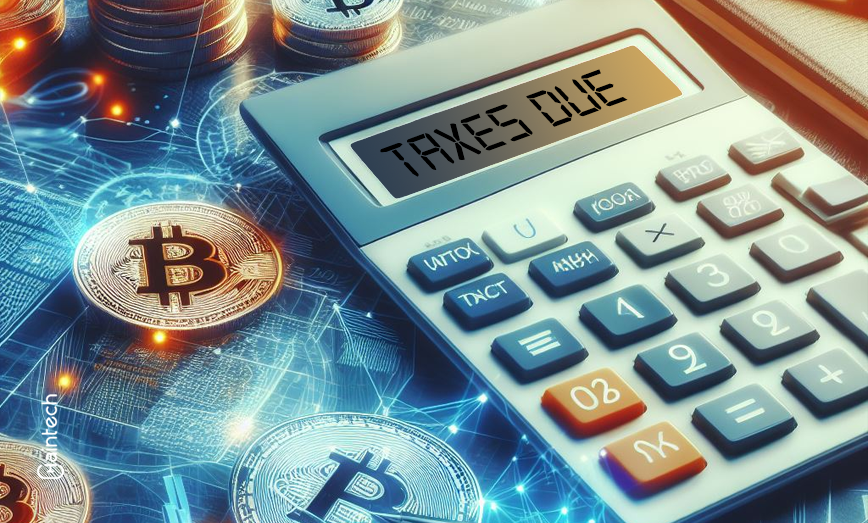Polkadot – A beginner’s guide
Introduction : What is Polkadot? Blockchain has revolutionised the dApps infrastructure, while dApps, in return, contribute to enhancing the blockchain ecosystem.” Polkadot (DOT), one of the most inventive dApp promotion initiatives, has enhanced blockchain scalability, interoperability, and security of blockchain system. It connects blockchains by sharing data and resources. Polkadot aims to improve Ethereum. Polkadot … Continue reading “Polkadot – A beginner’s guide”


What is SPACE ID? A Multi-chain Name Service
Introduction As we enter the Web3 age, it is becoming increasingly necessary to have a digital identity that is easily distinguishable and trustworthy. The user experience is seamless since decentralised identity functions as a universal login for Web3 sites. For this reason, each blockchain, protocol, and network system has a unique domain name, which implies … Continue reading “What is SPACE ID? A Multi-chain Name Service”
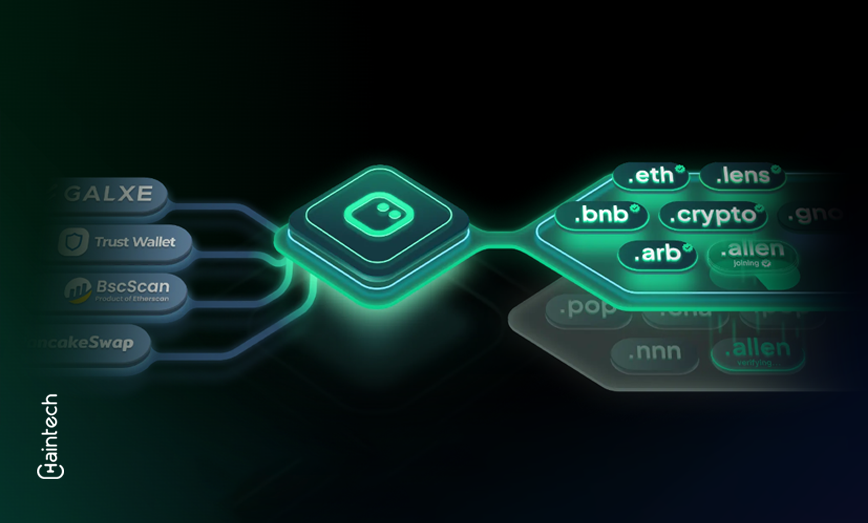

Everything you need to know about Zilliqa
What is Zilliqa? The public blockchain Zilliqa addresses scalability and throughput difficulties faced by various cryptocurrencies, including Bitcoin and Ethereum. It uses sharding to divide the network into nodes that run processes in parallel to speed up transactions and provide a scalable and secure platform. As the first blockchain to use sharding to solve scalability, … Continue reading “Everything you need to know about Zilliqa”


What Is the Graph & How Does It Work?
What is the Graph? The Graph (GRT) protocol transforms blockchain indexing and data access. Yaniv Tal, Jannis Pohlmann, and Brandon Ramirez founded The Graph to help developers explore Ethereum data. This protocol makes smart contract and NFT data more accessible. Data from many blockchains can be analysed using the blockchain. The Graph’s decentralised indexing and … Continue reading “What Is the Graph & How Does It Work?”
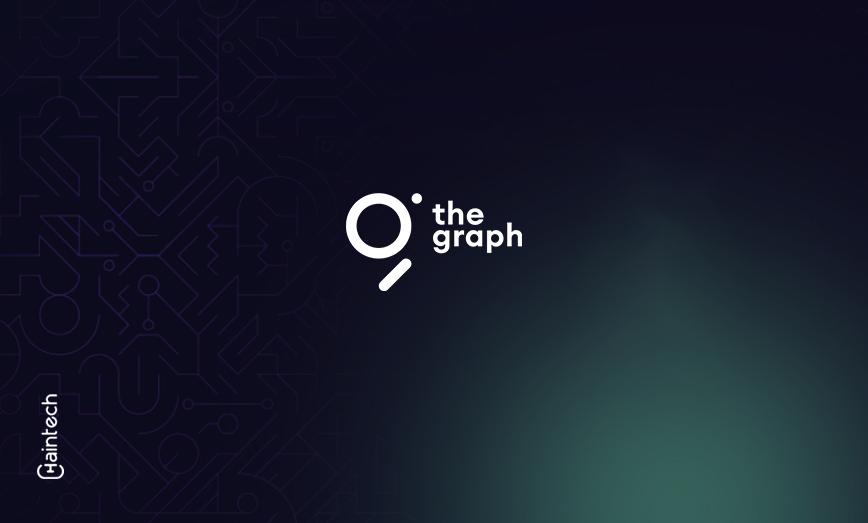

What is Optimism? How does it work?
Ethereum is the top smart contract blockchain, however, scalability is an issue. High throughput and low transaction fees are essential for dApps, DeFi protocols, and NFTs. One common Layer 2 protocol is Optimism, which addresses these concerns. Optimism addresses Ethereum’s scalability and pricey transactions. Ethereum’s network failed to keep up with DeFi, dApp, and NFT … Continue reading “What is Optimism? How does it work?”


What is Zero-knowledge proofs?
With rapid technological innovation, fraud risk has increased. Transaction security is crucial. Blockchain technology is promising, but security must be improved. Here come Zero-Knowledge Proofs (ZKPs). Blockchain has always relied on cryptography. Zero-Knowledge Proofs have gained popularity as a means to secure blockchain transactions. ZKPs secure and anonymize blockchain transactions using cryptography. A Zero-Knowledge Proof … Continue reading “What is Zero-knowledge proofs?”


Tezos – Everything you need to know about it
What is Tezos? Tezos allows XTZ token holders to vote on network rule changes. The software automatically updates all network nodes after rule changes are agreed upon. This gives Tezos users control over its future. The network gains user satisfaction and practically eliminates hard forks by adopting this governance approach. It pioneered the division of … Continue reading “Tezos – Everything you need to know about it”


What is THORchain?
Centralised exchanges make trading cryptocurrencies easy in a sea of blockchains. However, this convenience requires giving up asset custody to a central organisation. Decentralised exchanges (DEXs) offer an alternative but cannot manage cross-chain trades. For instance, Uniswap handles Ethereum-based tokens well but struggles with Bitcoin and Binance SmartChain’s BNB. Users have usually used wrapped assets … Continue reading “What is THORchain?”
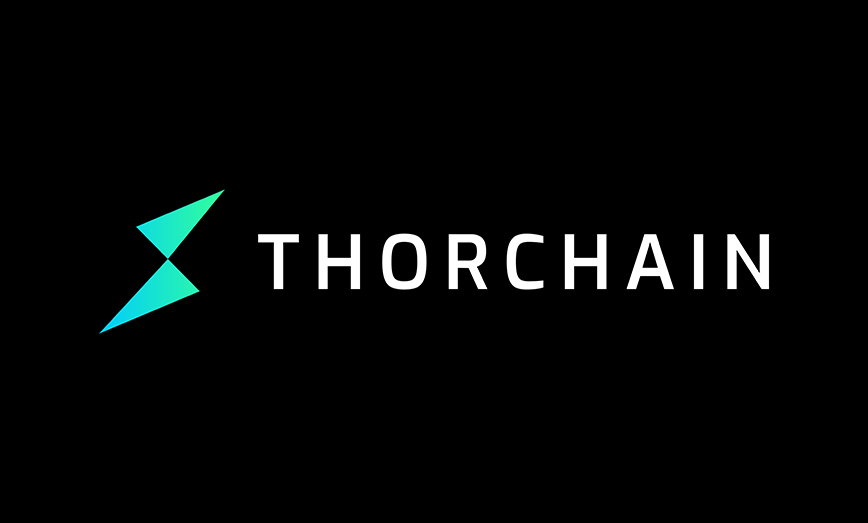

What is Layerswap?
Introduction Have you ever found it challenging to transfer your cryptocurrencies between various platforms, such as online exchanges, blockchains, and traditional banks that too seamlessly ? Now think that you have some cryptocurrencies stored on an online exchange, and you would like to use them for a special purchase or securely store them in another … Continue reading “What is Layerswap?”
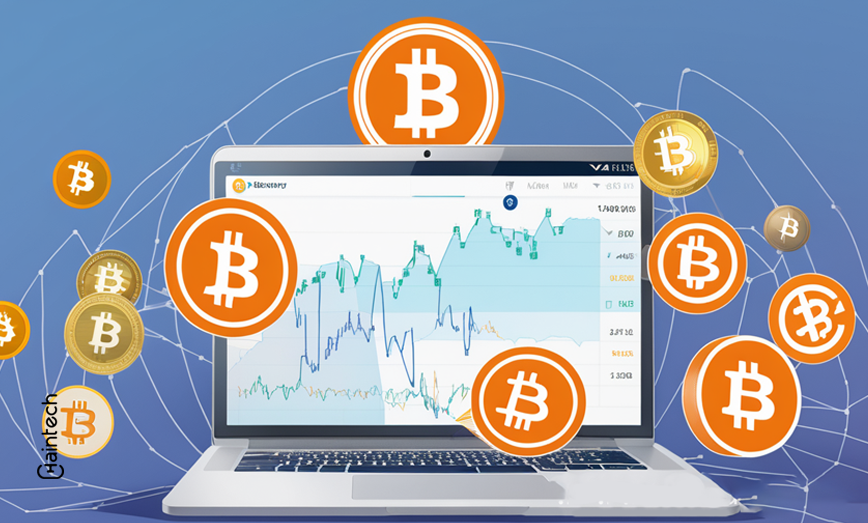

Guide to Crypto Tax in India
Taxation is often likened to death – an unavoidable aspect of life. Governments adapt to new developments, ensuring they are included in the tax net. Cryptocurrencies are no exception. In recent years, digital currencies like Bitcoin and assets like NFTs have gained global popularity, with cryptocurrency exchanges facilitating extensive trading. Cryptocurrencies have reshaped investment landscapes … Continue reading “Guide to Crypto Tax in India”
